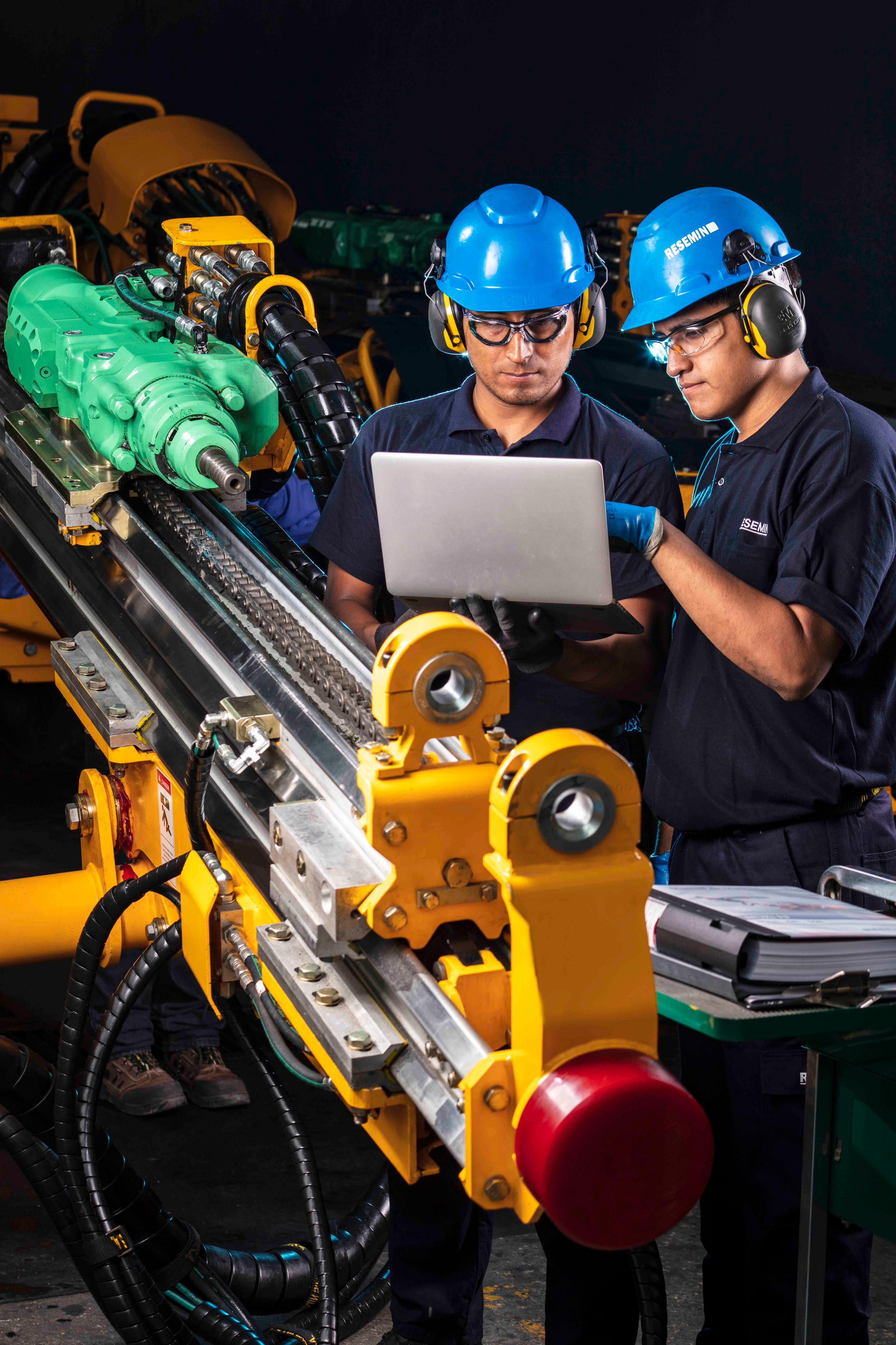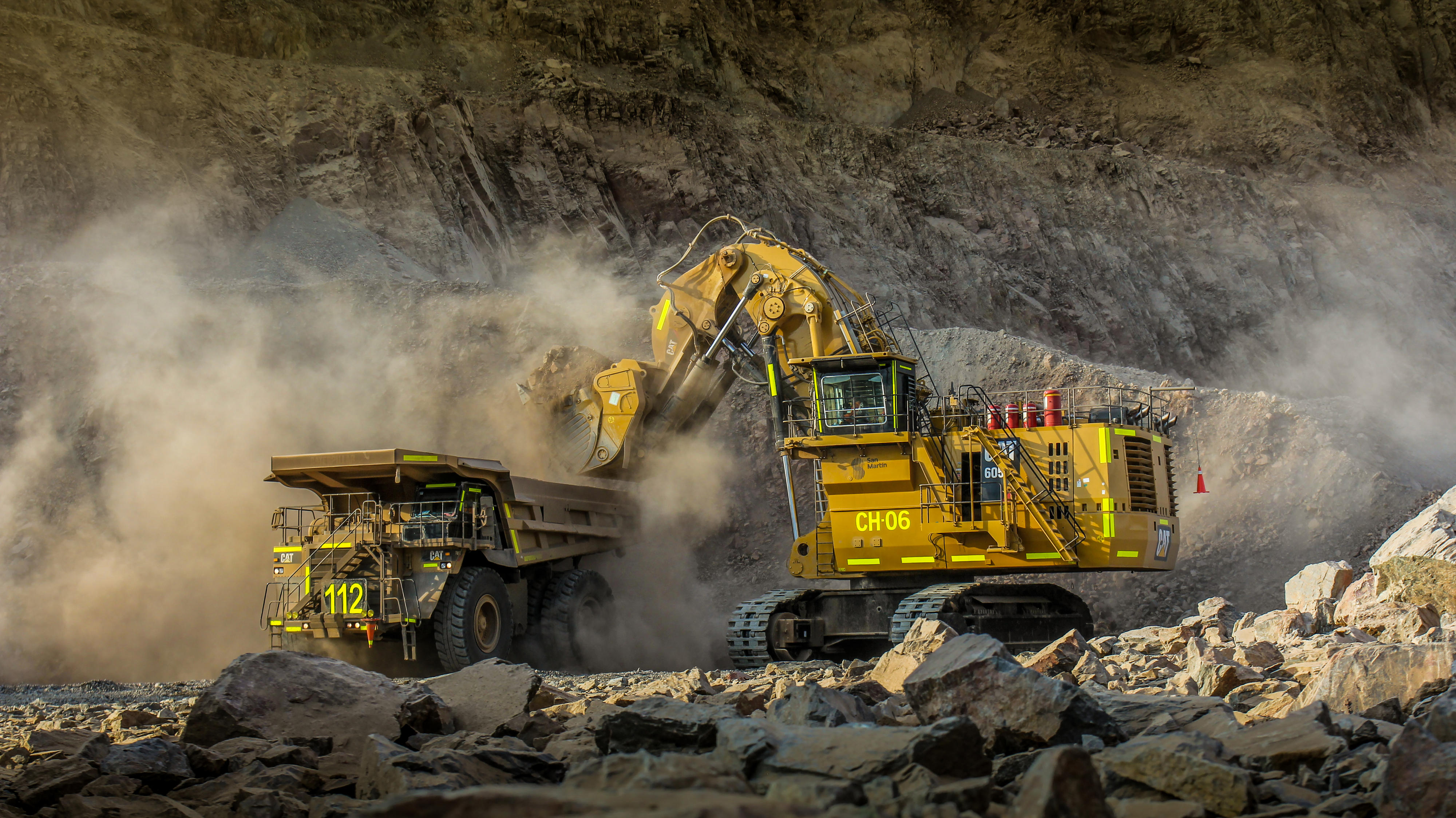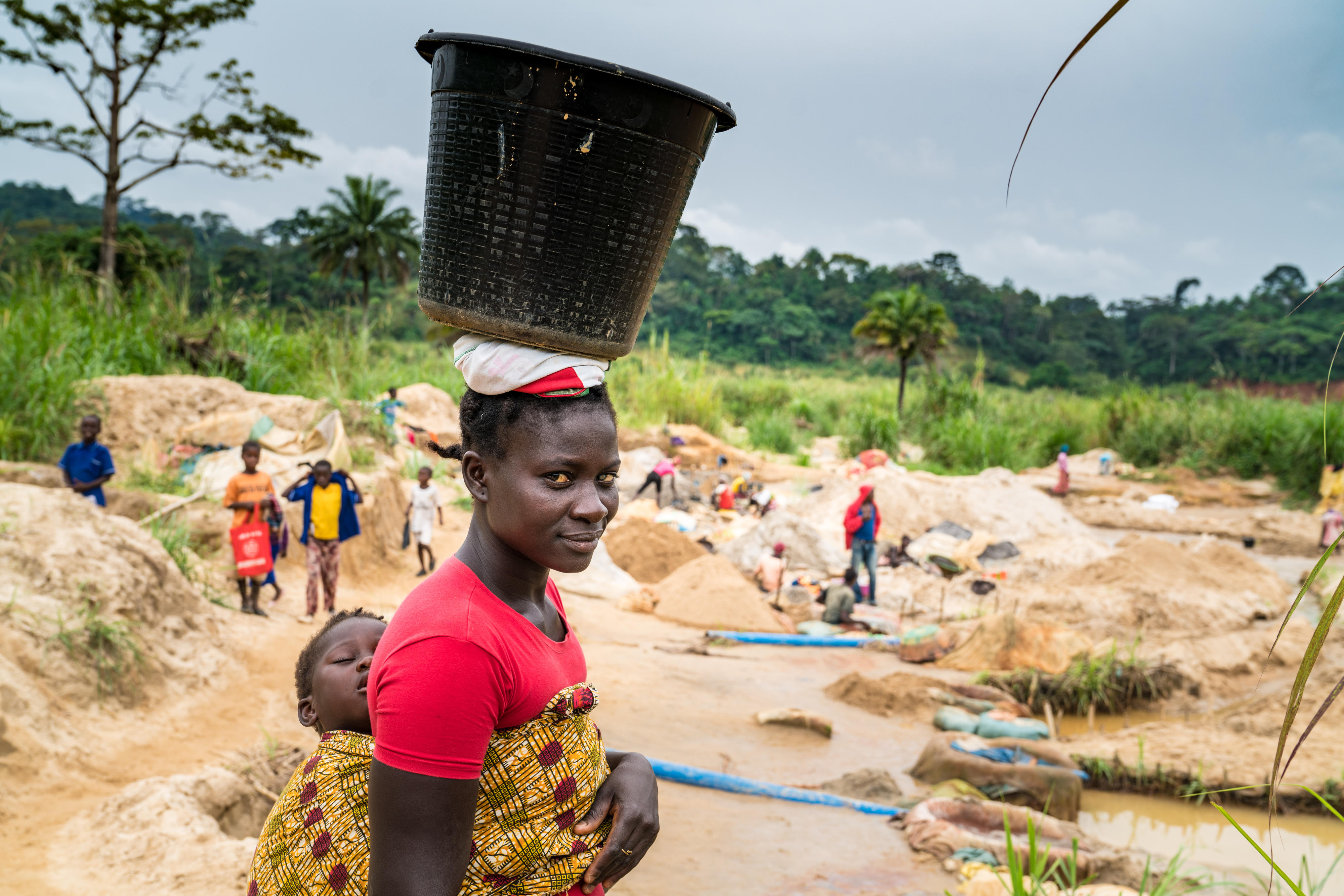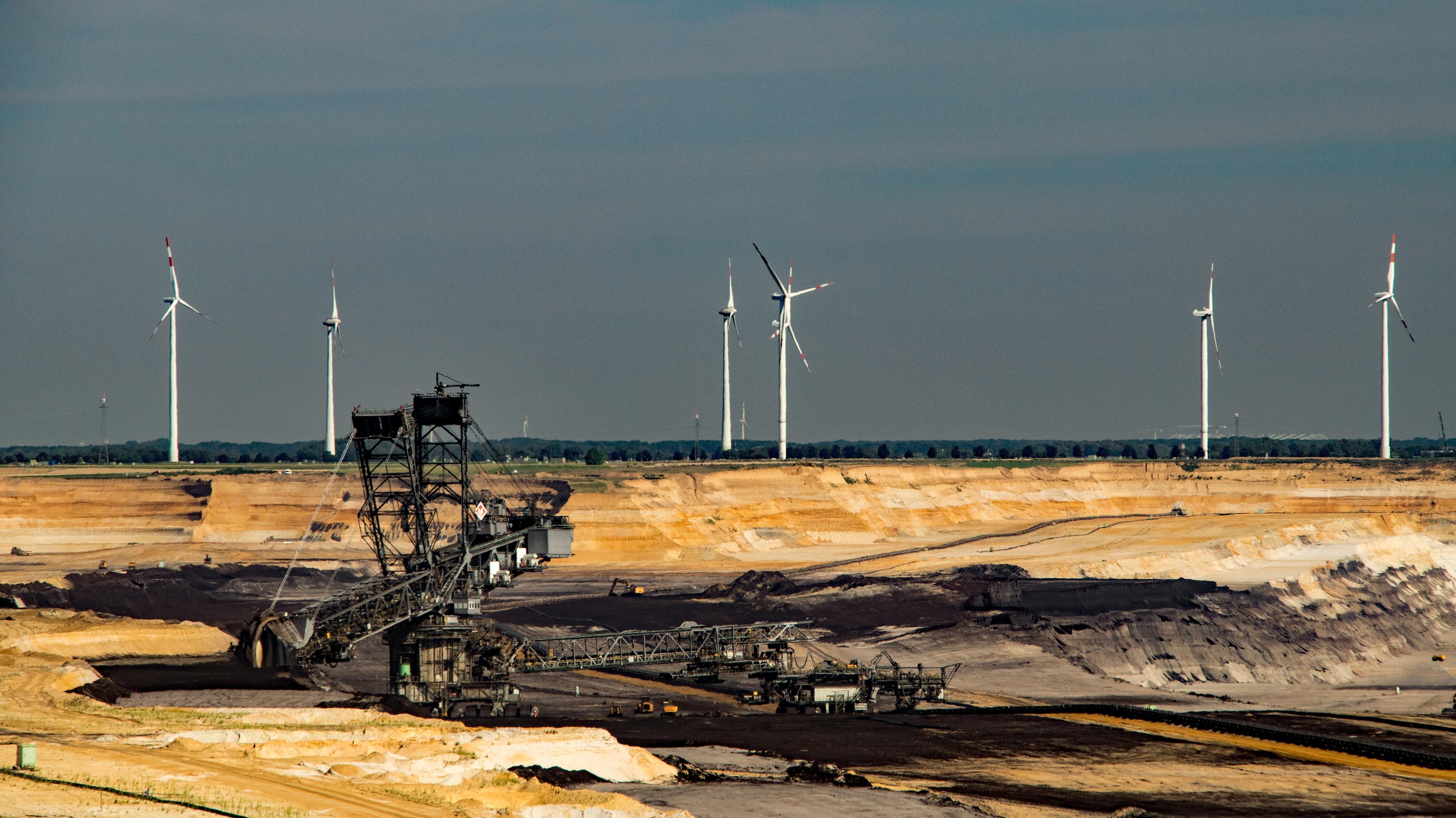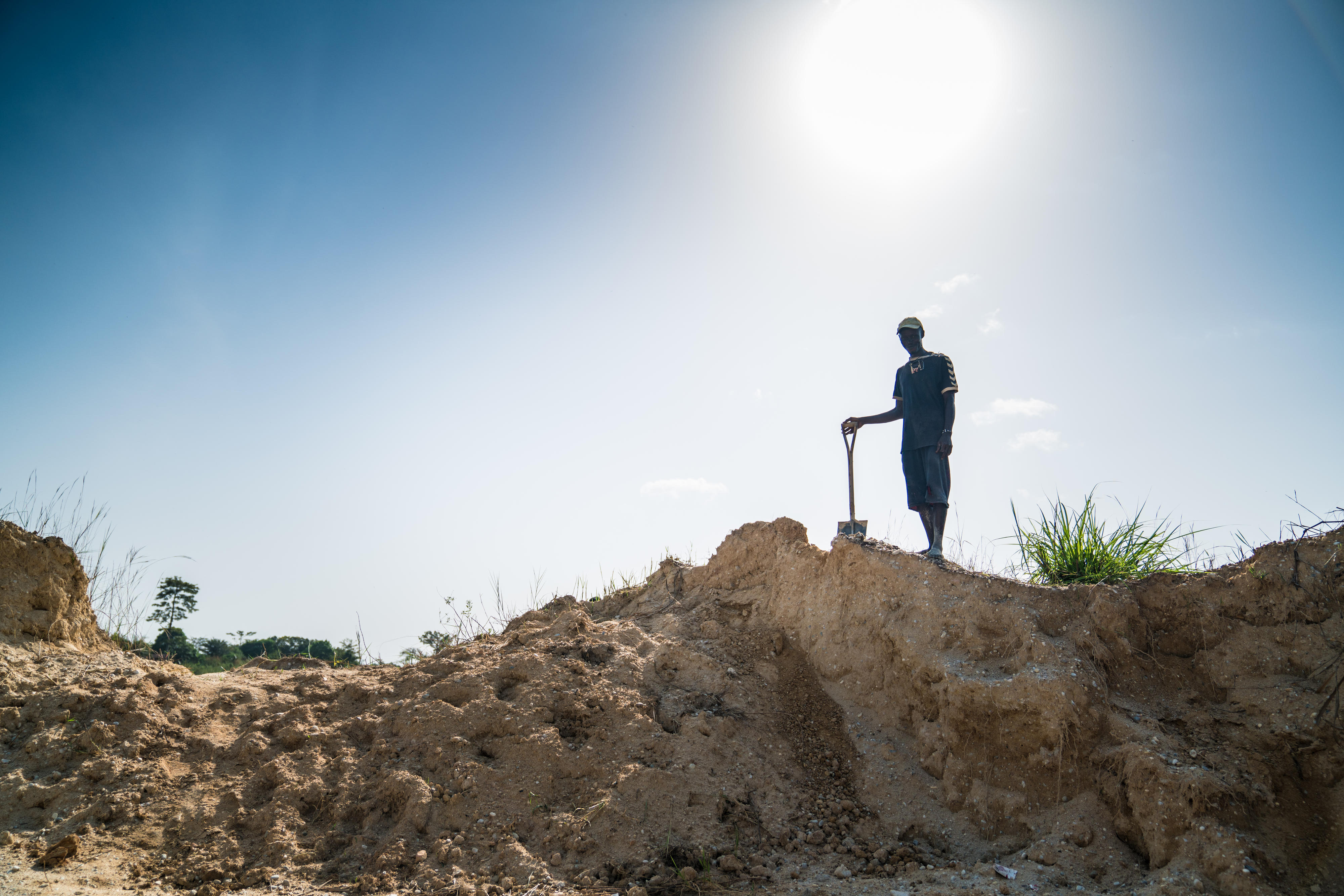Engineers working on machines
Copyright© ©GIZ/Rolando Suaña
Local Value Addition Digitization in the Extractive Sector
While digital innovations in the mining sector provide hope for improved governance, they also pose potential threats to local jobs.
What are the key emerging technologies in the mining sector?
In 2020, the World Economic Forum launched a survey on which technologies mining companies are likely to use by 2025. According to the survey, the highest priorities for companies include automation, connected devices and Big Data. In addition, the use of renewable energies, drones, Internet of Things (IoT), but also artificial intelligence (AI) and cloud-based management systems were named.
A crucial element of a wide range of digital technologies is the connection to fast and reliable internet. Data must be transmitted to the various operational controls in real time. The large amount of information that is continuously generated requires high-speed connections. Therefore, there is a risk that failures in the system (or internet outages) could disrupt entire mining operations. In addition, cyber-attacks increasingly pose a threat to the extractive sector.
Further challenges of digitalization in the extractive sector:
- Impacts on the labour market: The automation of mines and raw material operations poses the risk that many jobs will no longer be needed. Automation will have the greatest impact on low- and medium-skilled jobs - and this means that local jobs in particular will be in danger.
- Changing relationships between companies, communities and governments: Until now, mining has been associated with employment, local procurement, and associated contributions to gross domestic product. Accordingly, the changed framework conditions brought by digitization also pose new challenges for the governments of resource-rich countries. Companies and governments need to redesign their contracts. When mining-affected communities and resource-rich countries fear job losses and a lack of tax revenue, the social license to operate for mining companies is at risk. The local economy is no longer boosted by the employees of the mine and tax revenues might not reach the communities.
- Changing demand for local services and products: Not only in the mines, but along the entire supply chain, digitalization is changing the work environment. With the automation of a site, the demand for services to (local) suppliers is changing. For example, with fewer people direct employees, related demand for supplies such as camp supplies, food and uniforms will drop. Digital products such as software, hardware, sensors and new capital goods such as autonomous vehicles are currently difficult for local suppliers to provide, maintain and service and may even be subject to original equipment manufacturer exclusive contracts for service.
Opportunities of digitalization in the extractive sector:
Increased occupational health and safety: Through the use of integrated platforms and increased data analysis, system errors can be detected and corrected more quickly before staff is harmed. The increased use of remote control of mines additionally contributes to fewer accidents as less people are working in hazardous areas.
Increased cost-effectiveness and higher efficiency: Pre-investments and costs for the development of new mine sites are rising due to increasing difficulties in gaining access to potential new deposits, for example, because they are located deeper in the sub-soil or in locations not exploited so far. In addition, the more advanced the mining activity, the more companies face declining ore grades and increasing transportation distances. New technologies are needed to maintain the efficiency of operations. This also applies in the area of material consumption. Digitization can also contribute to lower operating costs.
Reduction of environmental impacts: Increased efficiency in raw material operations reduces environmental impacts, for example, through lower water and energy consumption. CO2 emissions and the number of toxic residues entering the environment can also be reduced.
Improved tax systems: Resource rich countries can benefit from digital solutions by making their revenue management (tax systems, fiscal systems, etc.) more efficient and simplified.
More transparency along the supply chain: Traceability and transparency within raw material supply chains can be improved and supply chains care less prone to manipulation with the help of digital solutions (e.g. blockchain).
Improved data basis through e.g. satellite images: High-resolution satellite images help fill information gaps and provide an accurate and scalable alternative to established but costly field data collection methods. For example, satellite imagery can be used to monitor environmental impacts and deforestation rates of mining in remote areas and can be analyzed with AI.
Sector Programme commitment
On behalf of the BMZ, the Sector Programme supports the New Tech, New Deal (NTND) (External link) project of the Intergovernmental Forum on Mining, Minerals and Metals for Sustainable Development (IGF). NTND aims to examine the impact of new technologies on the employment potential of the mining sector and to develop options for action for governments and companies. In addition to the final report, four country cases (Burkina Faso, DRC, South Africa and Mongolia) and a report on the impact of technologies (Technology Impacts Review (External link)) in the mining sector will be published.
In addition, the Sector Programme has funded the study The Practice and Potential of Blockchain Technologies for Extractive Sector Governance, that takes a closer look at the utility of blockchain solutions for tracking commodity supply chains. It has further published the study Drones, Data and Digital Storytelling, which provides an overview of digital tools and developments and their application in the extractive sector.
